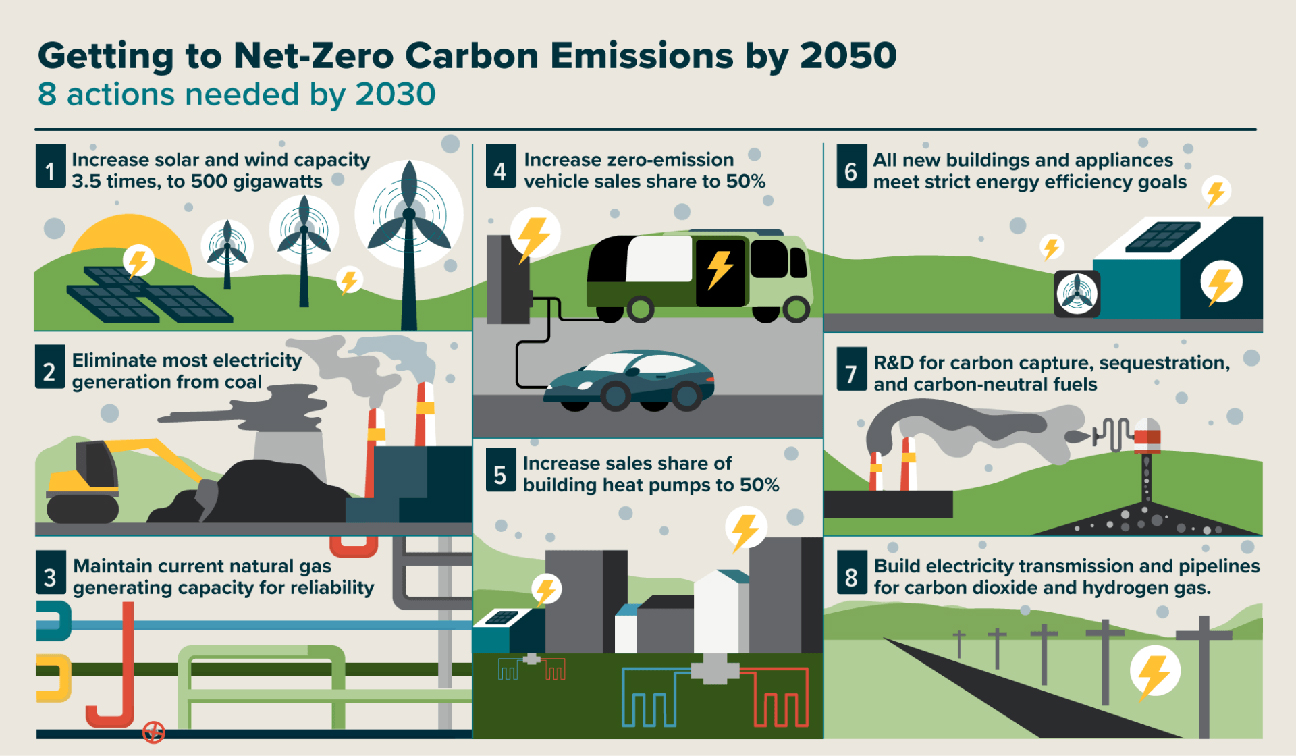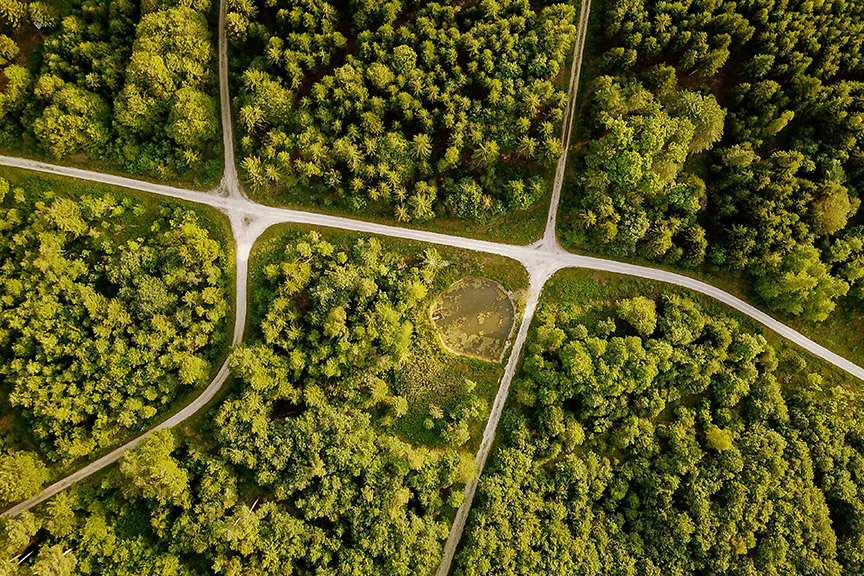In the face of escalating climate change concerns, a groundbreaking modeling framework has emerged, shedding light on the pivotal role urban greening can play in achieving carbon neutrality goals while fostering environmental co-benefits.
In a recent study by Li et al. [2023], the introduction of the WRF-UBC modeling framework marks a significant stride in understanding the complex dynamics of carbon exchange over urban vegetated terrains. Urban areas, grappling with distinctive challenges such as the urban heat island effect, heightened CO2 concentration, and intensive landscaping practices, often find it challenging to accurately assess the environmental benefits associated with urban greening.
The research, conducted in the Chicago Metropolitan Area, delves into the nuances of urban hydroclimate dynamics and plant phenology. By considering both meteorological and anthropogenic perturbations, the study reveals that urban vegetation holds the potential to offset more than half of on-road emissions during typical summer months. Perhaps even more intriguing is the discovery that irrigation practices, while mitigating urban heat, concurrently enhance CO2 sequestration.
As the study delves deeper, it unravels the intricate web of competing mechanisms influencing CO2 flux in urban environments. This emphasizes the critical need for location-aware strategies when implementing nature-based solutions to tackle climate change impacts and propel cities towards their carbon neutrality goals.

The findings underscore the importance of acknowledging the specificities of each urban landscape when crafting and implementing green initiatives. It’s not merely about planting trees or introducing vegetation; it’s about understanding the unique interplay of factors that govern the success of these initiatives in curbing carbon emissions.
Beyond immediate implications, the research offers significant insights into urban carbon accounting, decarbonization strategy, and the optimization of urban landscaping practices. The implications are far-reaching, laying a robust foundation for future studies on urban biogenic carbon dynamics. This encompasses the entire life cycle of carbon in urban areas—from its generation and distribution to its ultimate sequestration.
The newfound understanding paves the way for a more nuanced and targeted approach to carbon reduction within urban landscapes. Cities worldwide can leverage this knowledge to tailor nature-based solutions that align with their unique environmental challenges. By doing so, they not only contribute to global carbon neutrality efforts but also create healthier, more resilient urban environments.
In the pursuit of carbon neutrality, urban greening emerges as a powerful catalyst for change. The WRF-UBC modeling framework’s insights offer a roadmap for cities to navigate the complexities of carbon dynamics within their boundaries. As we stand at the intersection of climate action and urban development, embracing sustainable solutions like urban greening becomes not just an option but a necessity. It’s a step towards a future where our cities thrive in harmony with nature, contributing to a sustainable and resilient planet for generations to come.






